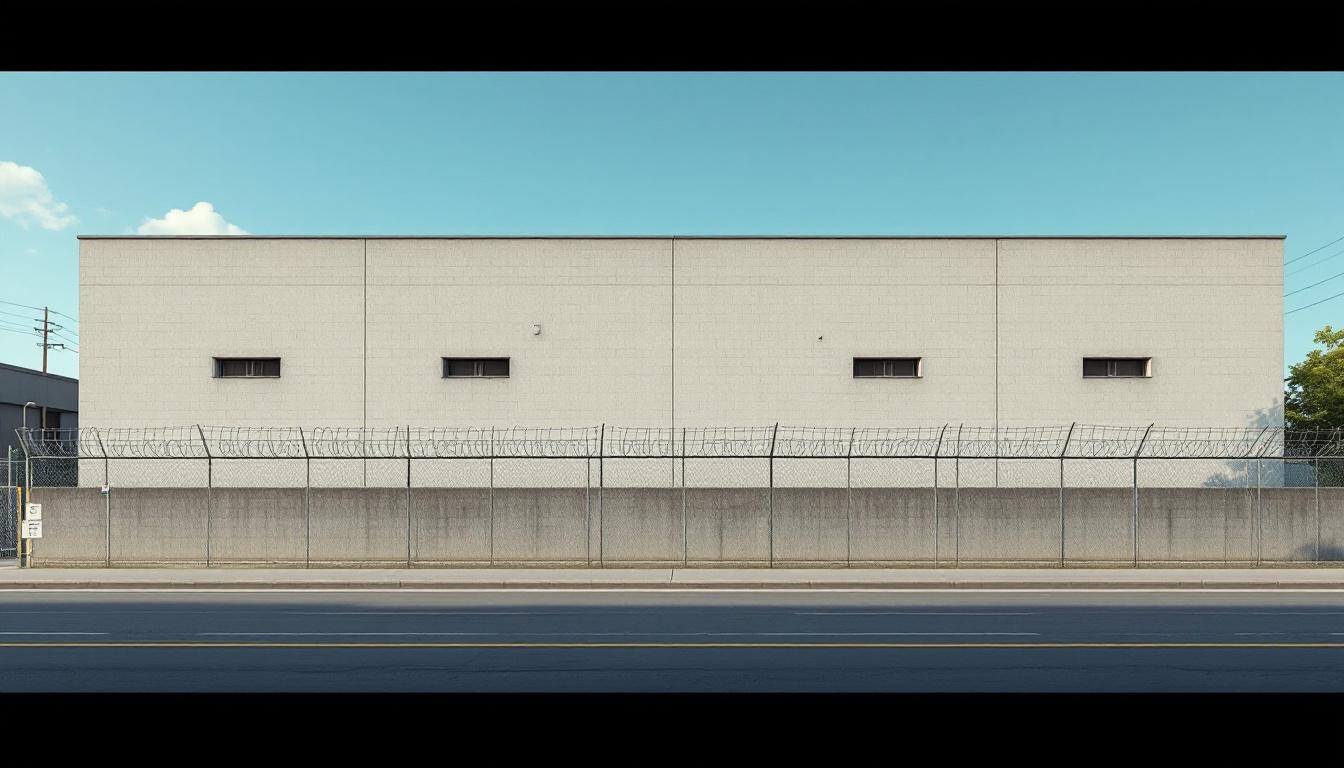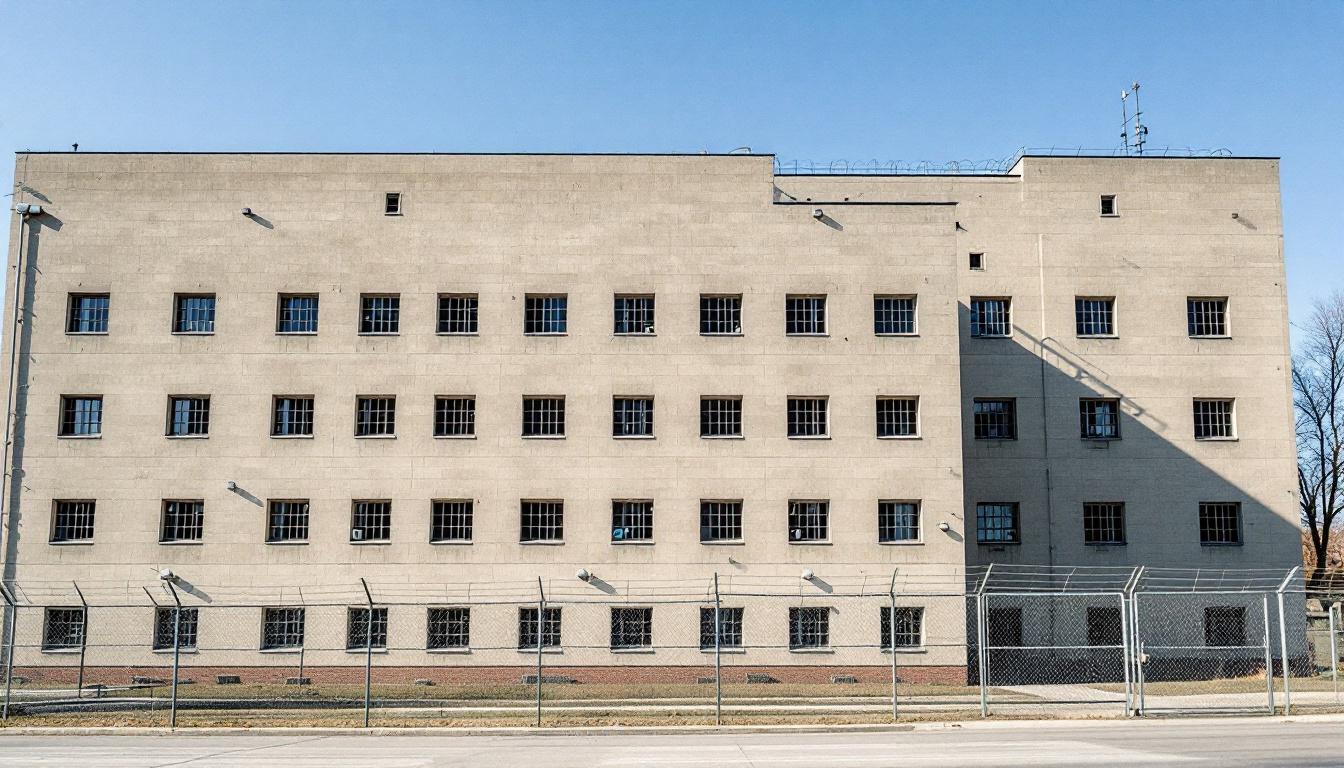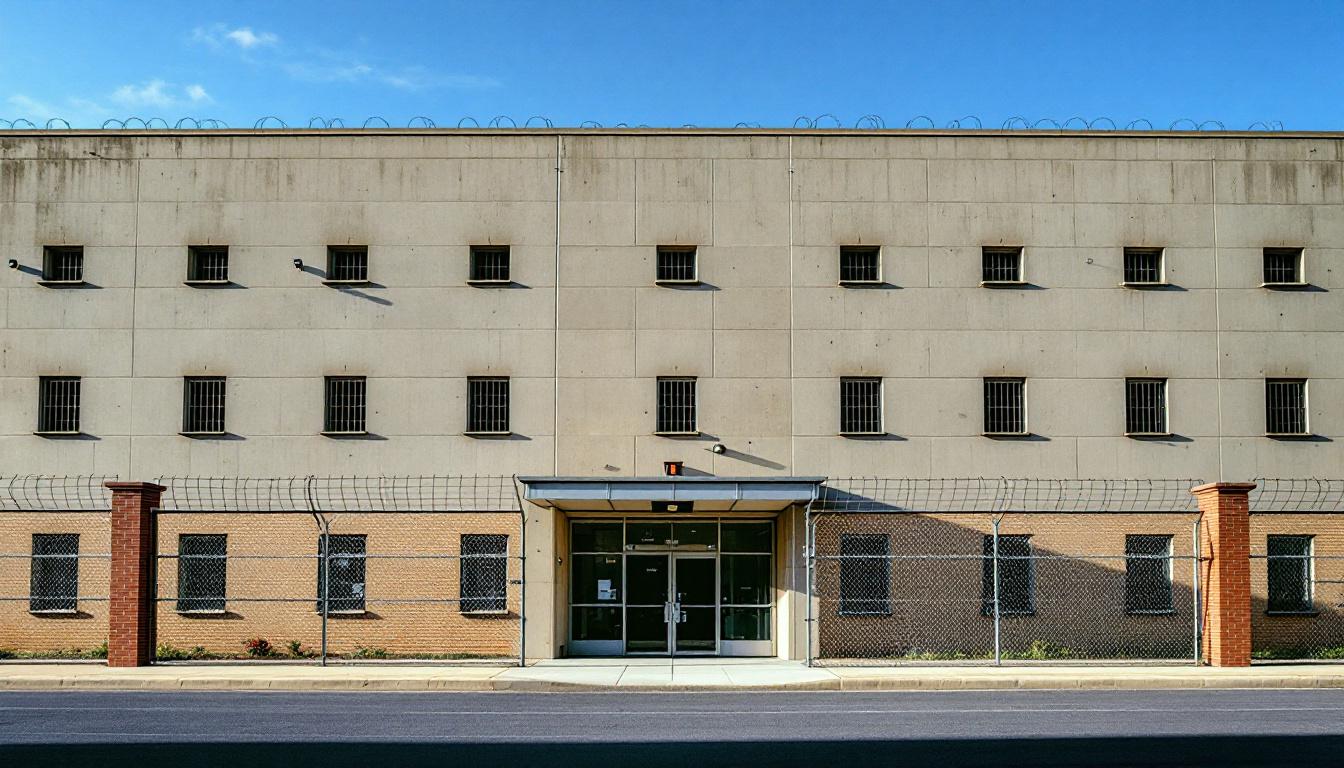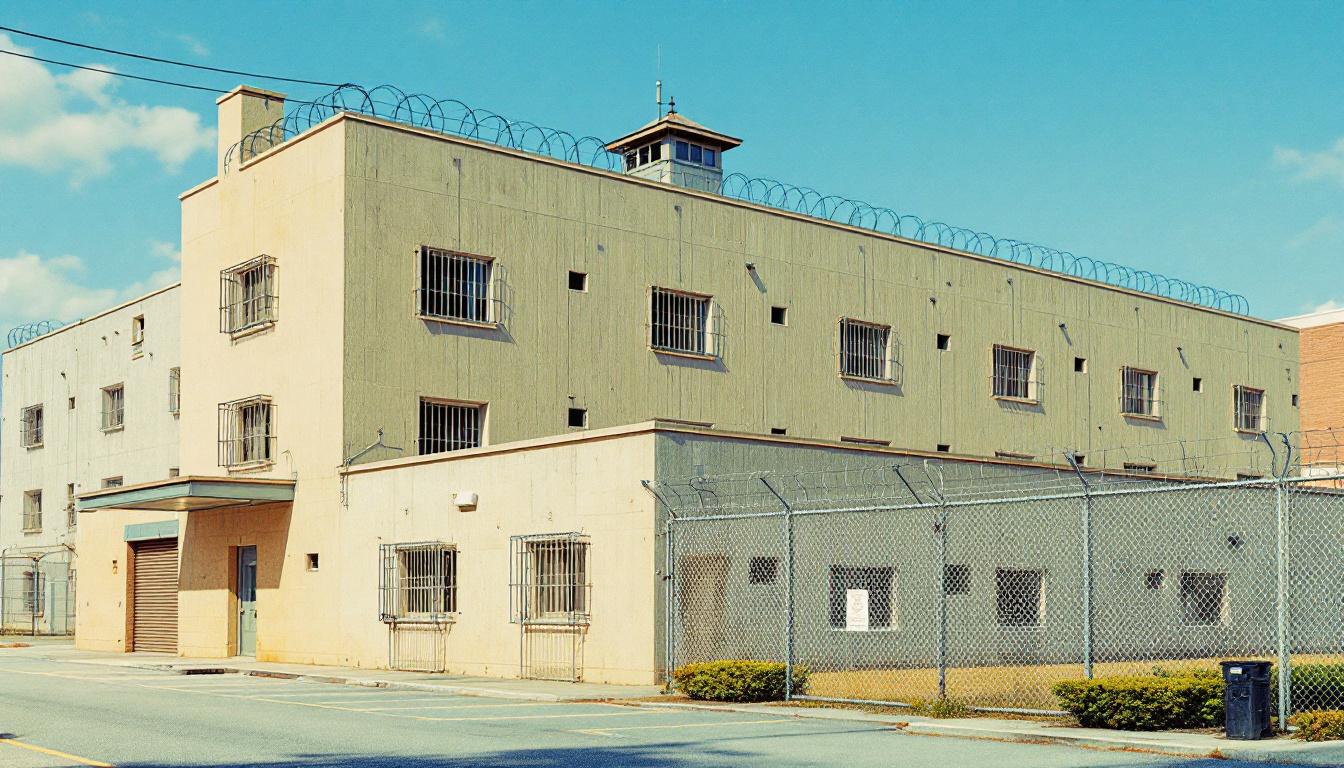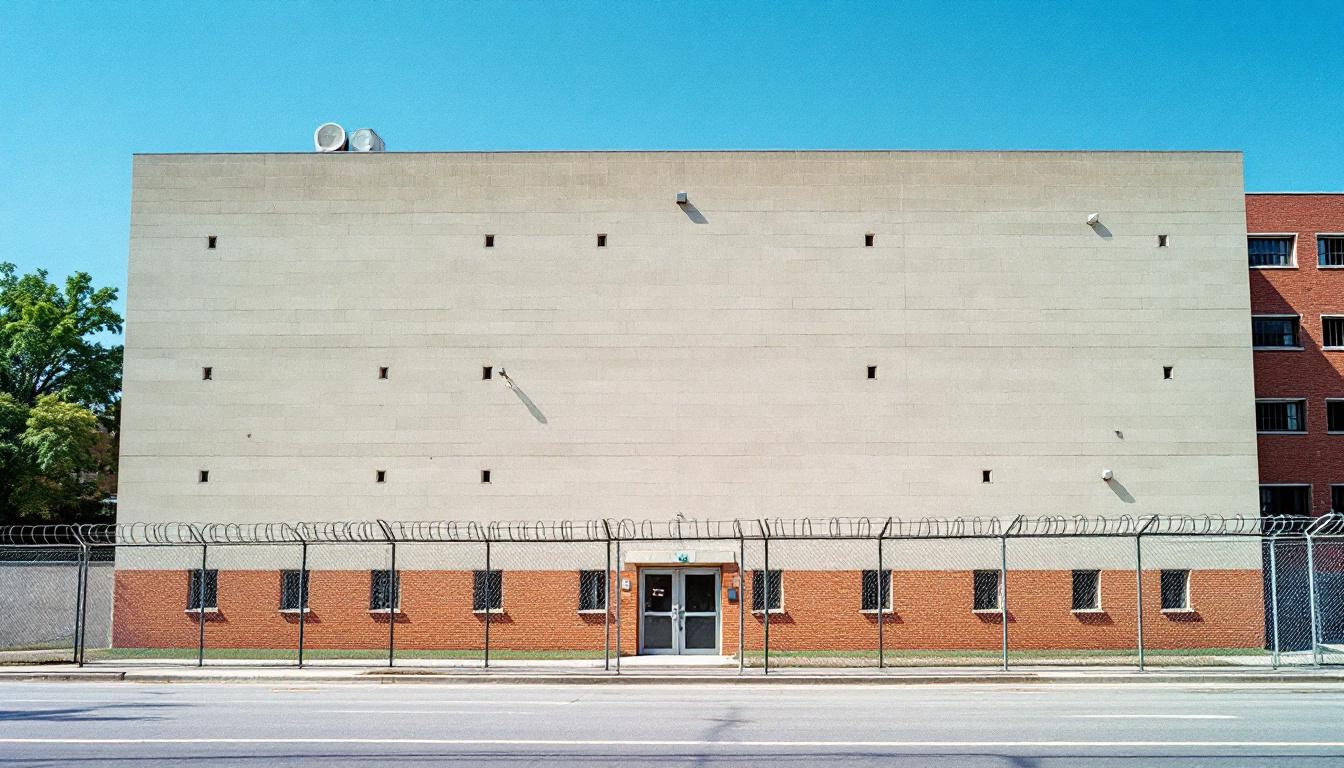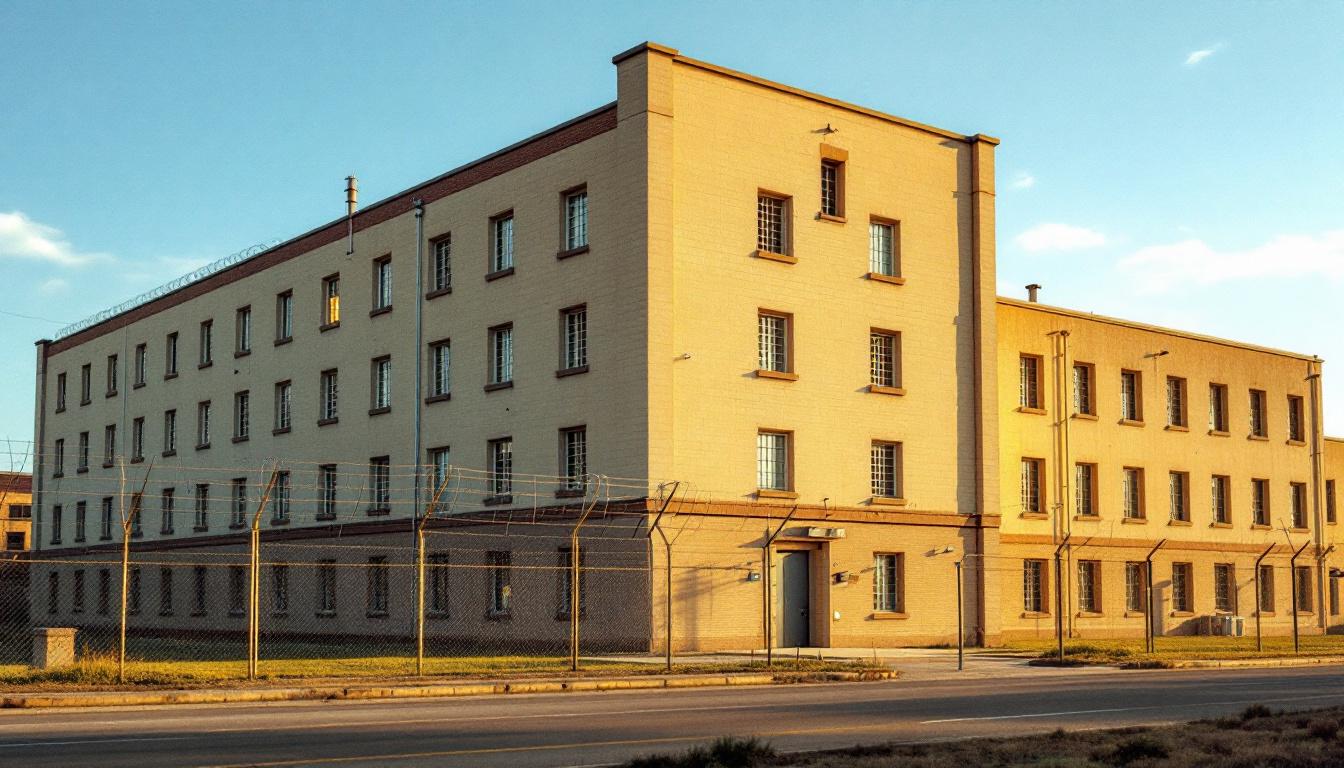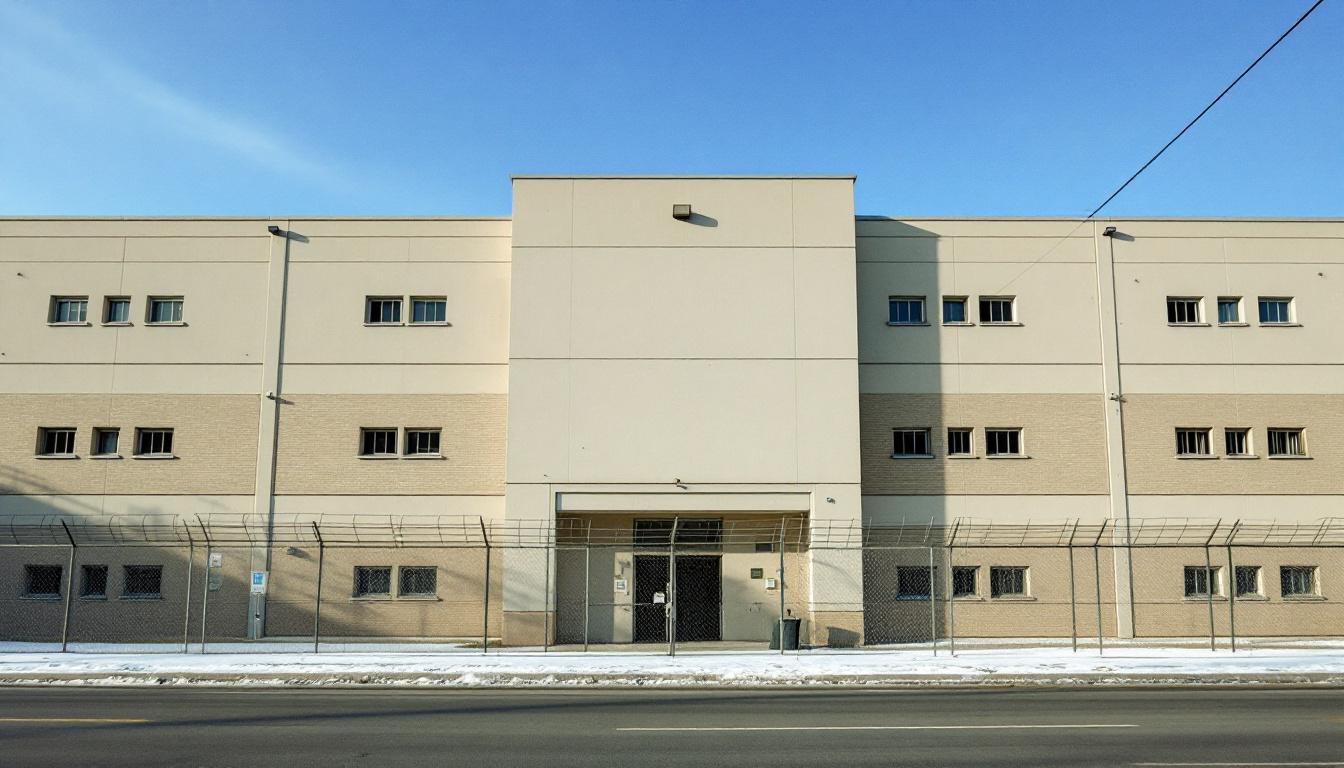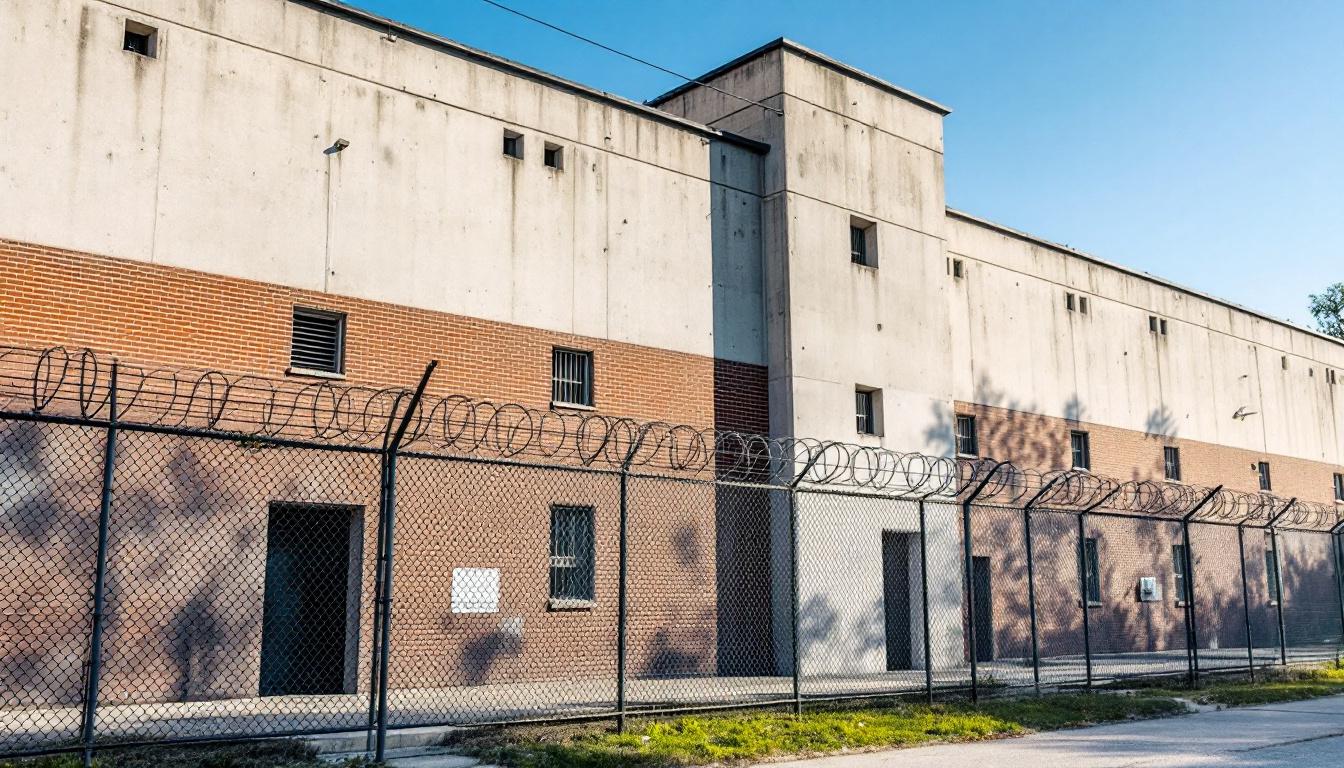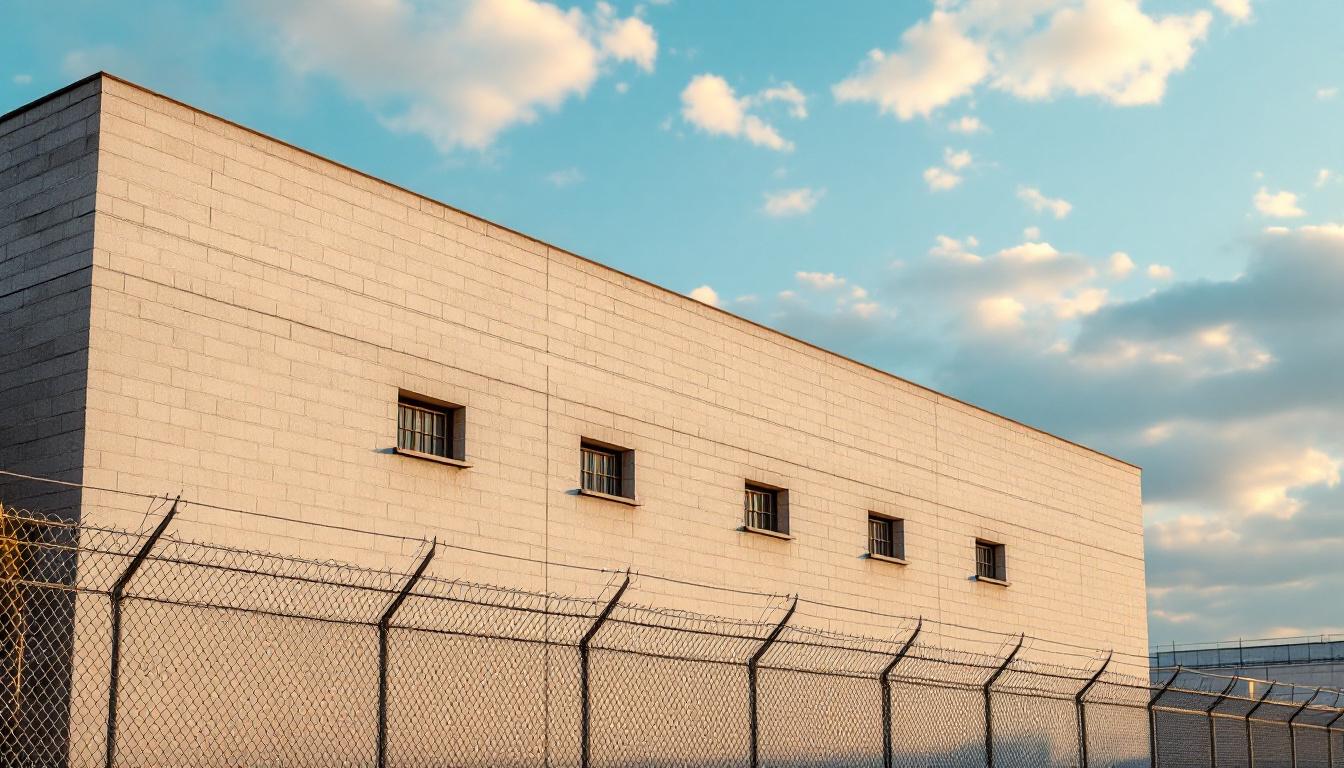
Quick Navigation
How to contact an inmate at Metropolitan Correctional Center
This comprehensive guide will walk you through how to connect with an inmate at Metropolitan Correctional Center. Follow the steps below to find an inmate and send letters and photos:
- Search for the inmate using our search tool below
- Create your account or log in to Penmate
- Write your message (up to 6,000 characters)
- Send instantly - inmates receive printed copies daily
Find an Inmate
Search for an inmate to start communicating today
Tip: You can search by first name, last name, or inmate ID number
To contact a person at Metropolitan Correctional Center start by searching for the person on the official facility website. Perform a search by following these steps:
- Step 1: Enter their first name and last name into the search form and click "Search"
- Step 2: Locate their inmate record
- Step 3: Write down their Inmate ID and any housing information provided
Important! Be sure to enter the person's full name. Nicknames should not be used.
How to Send Messages to Inmates

You can use your phone or computer to send emails, letters, and photos to an inmate. Messages are sent electronically to inmate tablets or kiosks at the facility. If you would like to send a message, start by searching for an inmate at Metropolitan Correctional Center.
Sending Photos and Postcards

A great way to send love and support to a loved one at Metropolitan Correctional Center is to send photos and postcards. It only takes a few minutes to send photos from your phone and it makes a huge difference. You can also mail postcards with words of support and inspiration, or design your own postcard for special moments like birthdays and holidays.
Important! Be sure not to send any explicit photos or they may not be approved by the facility. You can also use a photo printing app like Penmate to make sure your photos are printed at the correct size (4x6 or 3x5) and are mailed according to the rules and regulations of Metropolitan Correctional Center.
Frequently asked questions about Metropolitan Correctional Center
-
How long does it take to deliver a message?
If you're sending an email message your letter is usually delivered within 24-48 hours. For messages sent via mail you should expect delivery within 3-7 days. All messages will need be approved by Metropolitan Correctional Center.
-
How much does it cost to send a message to Metropolitan Correctional Center?
You can send a message free using your phone or mail a message via USPS for the price of a $0.60 stamp and envelope. You can also purchase credits or e-stamps from services starting at $1.99.
-
What services can I use to contact an inmate at Metropolitan Correctional Center?
Penmate
You can use Penmate to send letters and photos to an inmate from your phone. It's an easy way to stay in touch during your loved one's incarceration. Use the inmate locator to find an inmate's location and contact information, then you can send messages within a few minutes.
Securus messaging
Securus may be another option for communicating with an inmate at Metropolitan Correctional Center. You can create a friends and family account and purchase credits to send messages. All messages will be reviewed and must be approved by the facility.
JPay
Some county jails and state prisons may support sending messages with JPay. You must register an account with the system, find your loved one, and purchase stamps to send messages. For some locations you can also attach photos.
Smart Jail Mail
You may also check if Smart Jail Mail is available at Metropolitan Correctional Center. Smart Jail Mail is operated by Smart Communications and has contracted with some state and county jails. After purchasing credits, your messages and photos are sent to the facility, printed out, and then handed out to your loved one.
-
What is the mailing address of Metropolitan Correctional Center?
Mailing address:
Metropolitan Correctional Center
150 Park Row
New York, NY 10007
Phone: (646) 836-6300Business hours:
- Monday: 12:00 – 8:05 PM
- Tuesday: 12:00 – 8:00 PM
- Wednesday: 12:00 – 8:00 PM
- Thursday: 12:00 – 8:00 PM
- Friday: 12:00 – 8:00 PM
- Saturday: 12:00 – 8:00 PM
- Sunday: 12:00 – 8:00 PM
-
What are the visiting hours at Metropolitan Correctional Center?
Visiting hours at Metropolitan Correctional Center vary by housing unit and security level. Generally, visits are scheduled on weekends and holidays, with some facilities offering weekday visits. Contact the facility directly at (646) 836-6300 or check their website for the current visiting schedule. Visits typically last 30-60 minutes and must be scheduled in advance.
-
What items are prohibited when sending mail to Metropolitan Correctional Center?
Prohibited items typically include: cash, personal checks, stamps, stickers, glitter, glue, tape, staples, paperclips, polaroid photos, musical or blank greeting cards, hardcover books, magazines with staples, and any items containing metal or electronics. Only send letters on plain white paper with blue or black ink. Photos must be printed on regular photo paper (no Polaroids). Always check with Metropolitan Correctional Center for their specific mail policies.
-
How do I send money to an inmate at Metropolitan Correctional Center?
You can send money to an inmate at Metropolitan Correctional Center through several methods: 1) Online using JPay, Access Corrections, or the facility's approved vendor, 2) Money orders mailed directly to the facility with the inmate's name and ID number, 3) Kiosks located in the facility lobby, or 4) Over the phone using a credit or debit card. Fees vary by method, typically ranging from $2.95 to $11.95 per transaction.
-
Can I schedule a video visit with an inmate at Metropolitan Correctional Center?
Many facilities now offer video visitation as an alternative to in-person visits. At Metropolitan Correctional Center, video visits may be available through services like Penmate, Securus Video Connect, GTL, or ICSolutions. Video visits typically cost $10-20 for 20-30 minutes and must be scheduled in advance. You'll need a computer or smartphone with a camera and reliable internet connection. Contact the facility for their specific video visitation policies and approved vendors.
-
What identification do I need to visit an inmate at Metropolitan Correctional Center?
All visitors must present valid government-issued photo identification such as a driver's license, state ID, passport, or military ID. Minors must be accompanied by a parent or legal guardian who can provide the minor's birth certificate. Some facilities require visitors to be on the inmate's approved visitation list, which may require a background check. Contact Metropolitan Correctional Center for specific ID requirements and visitor approval procedures.
-
How can I find out an inmate's release date?
To find an inmate's release date at Metropolitan Correctional Center, you can: 1) Use the online inmate search tool if available, 2) Call the facility's records department, 3) Contact the inmate's case manager or counselor, or 4) Have the inmate provide this information during a call or visit. For privacy reasons, some facilities only release this information to immediate family members.
Facility Overview
Contact Information
Metropolitan Correctional Center150 Park Row
New York, NY 10007
Phone: (646) 836-6300
Official Website

About Metropolitan Correctional Center
Serving as a federal administrative detention facility, the Metropolitan Correctional Center, New York (MCC New York) was designed to house individuals with pending cases in the United States District Court for the Southern District of New York, as well as those serving brief sentences. This temporarily closed facility, operated by the Federal Bureau of Prisons under the Department of Justice, accommodated both male and female prisoners across all security classifications within its high-rise structure in Lower Manhattan’s Civic Center.
Based in the heart of New York City on Park Row, MCC New York opened in 1975 as the established high-rise correctional facility utilized by the Federal Bureau of Prisons. The facility’s comprehensive design featured a direct connection to the Thurgood Marshall United States Courthouse via footbridge, reflecting its primary function as a detention center for federal court proceedings. The structure typically organized prisoners into separate, self-contained housing units that limited movement throughout the facility, a design approach that may enhance security and operational management.
Located behind the federal courthouse at Foley Square, this administrative facility represented a significant development in federal detention infrastructure for the Southern District of New York. The facility’s strategic positioning in Lower Manhattan’s legal district underscored its role in supporting federal judicial proceedings, though it has since been designated as inactive. MCC New York’s administrative segregation units were noted for implementing stringent security measures, reflecting the facility’s capacity to manage various security classifications within its urban correctional environment.
Programs & Services
Note: As of the information available, MCC New York is temporarily closed and inactive.
During its operational period, the Metropolitan Correctional Center in New York typically functioned as an administrative detention facility serving individuals with pending federal court cases in the Southern District of New York. Given its role as a pre-trial detention center, the facility’s programming structure was generally designed around shorter-term stays and court preparation needs. The facility’s comprehensive high-rise design and connection to the federal courthouse via footbridge meant that legal services and court-related support were central components of daily operations.
Educational and support services at federal administrative facilities like MCC New York often include basic literacy programs, GED preparation, and legal research assistance to help detainees navigate their court proceedings. Mental health counseling and substance abuse programming may have been available to address immediate needs during detention. Given the facility’s location in Manhattan and its federal designation, it likely coordinated with various community organizations and legal aid services to provide additional support resources.
The facility’s structure of ten separate, self-contained housing units would have influenced how programming was delivered, with services potentially offered within individual units to minimize movement throughout the building. Religious services, recreational activities, and commissary access are standard features that would typically be available to support the daily needs of those housed at such federal facilities, though the specific scope and availability of these services would depend on security classifications and individual case circumstances.
Daily Life & Visitation

The Metropolitan Correctional Center in Lower Manhattan operated as a comprehensive high-rise federal detention facility from 1975 until its temporary closure, housing inmates across 10 separate, self-contained housing units that significantly limited movement throughout the building. This distinctive structure, connected to the Thurgood Marshall United States Courthouse via a footbridge, meant that inmates typically remained within their designated housing areas for most activities, creating a more controlled environment compared to traditional horizontal correctional layouts.
Inmates at MCC New York generally followed structured daily schedules that may have included designated meal times, recreation periods, and court preparation sessions, particularly given that most residents had pending cases in the Southern District of New York federal court system. The facility’s design as an administrative detention center meant that many inmates were awaiting trial or serving brief sentences, which often influenced the types of programs and services available. Family visits and communication with loved ones were typically managed through the Federal Bureau of Prisons’ standard procedures, though the facility’s urban location in Lower Manhattan may have made it more accessible for family members compared to more remote correctional facilities.
The high-security nature of the facility, which housed both male and female prisoners of all security classifications, meant that daily routines were carefully regulated and monitored. Inmates likely participated in various activities within their housing units, including educational opportunities, recreational time, and work assignments when available, though the facility’s reported overcrowding issues in 2002 may have impacted the availability and quality of such programs during certain periods of operation.
Ready to Connect?
Start communicating with your loved one today
Search for an Inmate
